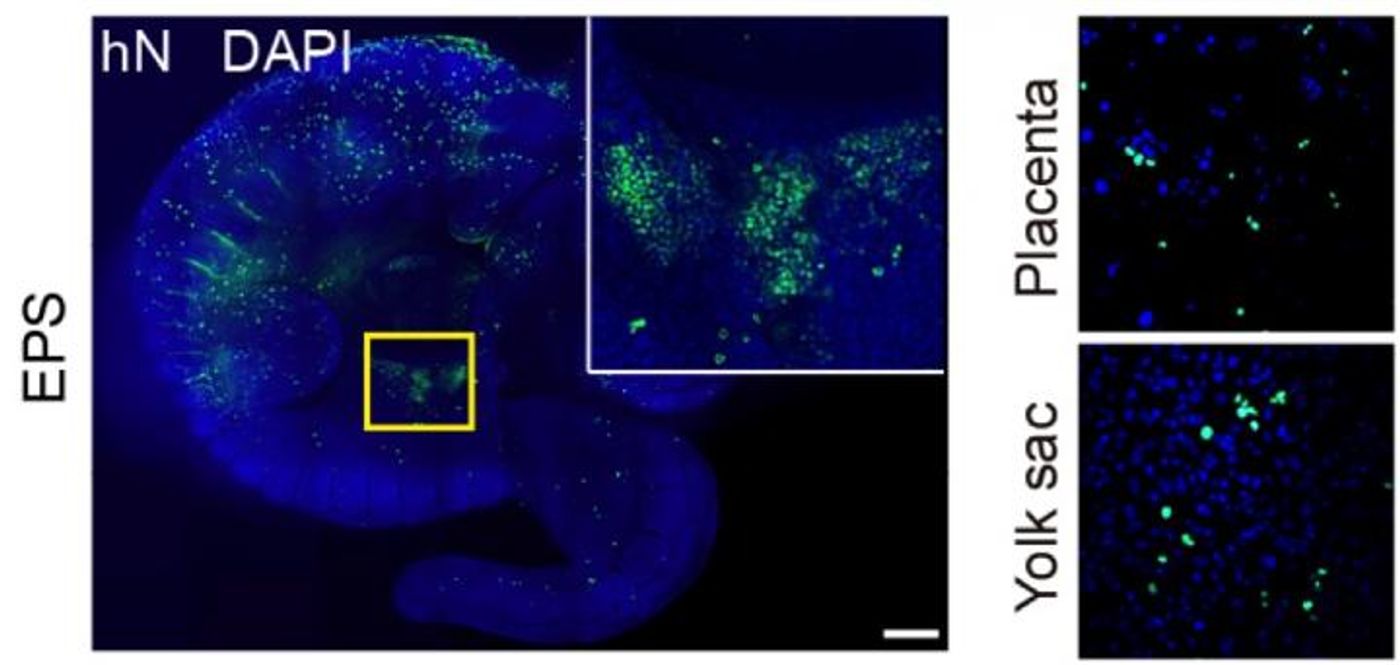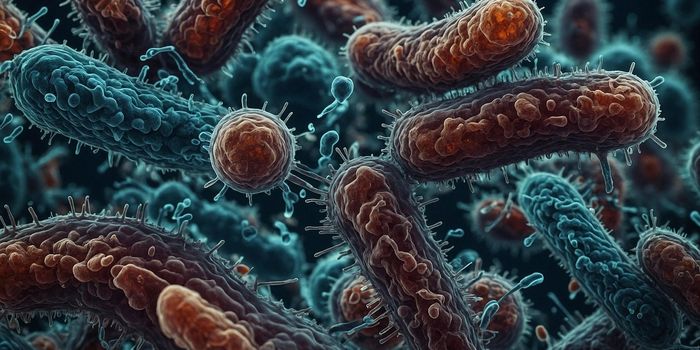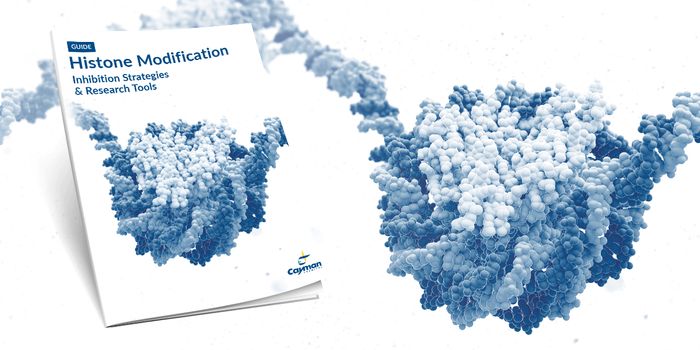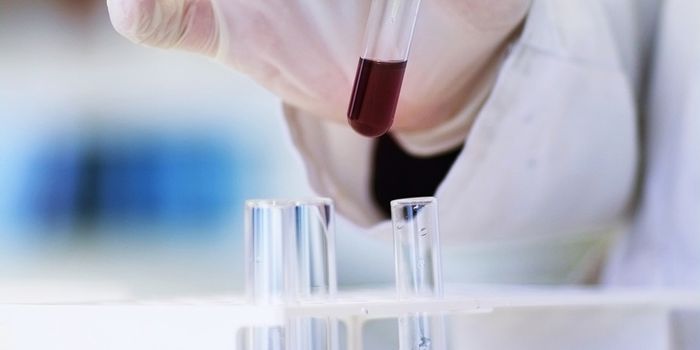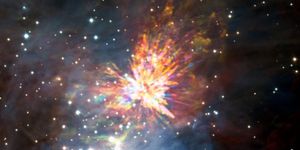Researchers add to the Potential of Stem Cells
Stem cells have incredible potential; in the pluripotent state, they are able to develop into any type of cell in the body. However, one limitation is that they cannot develop into tissues that are considered extra-embryonic - tissues that act to support embryonic tissues - until now. Scientists have reported in Cell that they created totipotent cells by applying a chemical cocktail to both mouse and human stem cells growing in culture. Totipotent cells can develop into both embryonic and extra-embryonic cells. The work is described in the following video abstract.
This work could aid in the modeling of disease, the creation of new drugs, and the development of therapeutics. The researchers expect this work to aid especially in modeling embryonic development and research into the function of the placenta.
"During embryonic development, both the fertilized egg and its initial cells are considered totipotent, as they can give rise to all embryonic and extra-embryonic lineages. However, the capture of stem cells with such developmental potential in vitro has been a major challenge in stem cell biology," explained co-senior author of the report, Salk Professor Juan Carlos Izpisua Bemonte, holder of Salk's Roger Guillemin Chair. "This is the first study reporting the derivation of a stable stem cell type that shows totipotent-like bi-developmental potential towards both embryonic and extra-embryonic lineages."
After the fertilization of a mammalian cell, it divides into new cells that cluster into a group that becomes the embryo, and a group that has the supportive role, developing into the amniotic sac and placenta. This division of labor happens so early on in development, scientists were not able to grow cell lines until after the division happened. The research team has overcome that hurdle, and they have termed their cells extended pluripotent stem (EPS) cells.
"The discovery of EPS cells provides a potential opportunity for developing a universal method to establish stem cells that have extended developmental potency in mammals," said one first author of the work, Jun Wu, a senior scientist at Salk. "Importantly, the superior interspecies chimeric competency of EPS cells makes them especially valuable for studying development, evolution and human organ generation using a host animal species."
A team of investigators at Salk collaborated with the team from Peking University to find chemical cocktails that would support pluripotency. The found that a simple recipe of four chemicals plus a growth factor was able to keep the human pluripotent stem cells stable in a less mature state. These new cells also worked better in the creation of chimeras, animals which carry a mixture of cells from two different species. When the scientists exposed mouse cells to the chemical cocktail, the new cells were found to be able to develop into both embryonic tissue types as well as extra-embryonic types. Additionally, the new mouse stem cells were better at forming chimeras; a single cell was found to be able to grow into an entire adult mouse. The team noted that this is an unprecedented finding.
"The superior chimeric competency of both human and mouse EPS cells is advantageous in applications such as the generation of transgenic animal models and the production of replacement organs," added Wu. "We are now testing to see whether human EPS cells are more efficient in chimeric contribution to pigs, whose organ size and physiology are closer to humans."
"We believe that the derivation of a stable stem cell line with totipotent-like features will have a broad and resounding impact on the stem cell field," said Izpisua Belmonte.
You can learn more about how chimeras are important to the creation of transgenic mice in the video.
Sources: AAAS/Eurekalert! via Salk Institute, Cell
